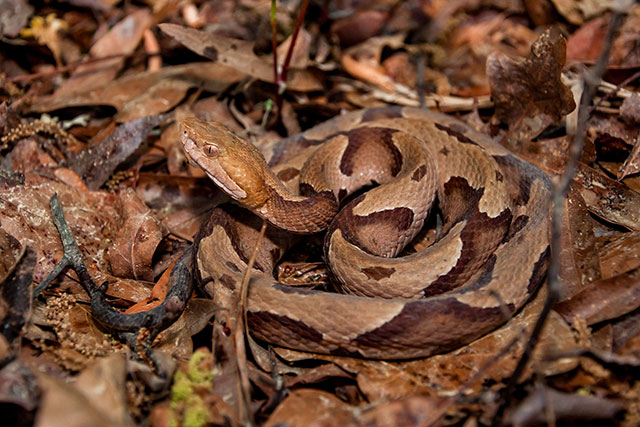Experts warn that undisclosed ingredients in weedkillers can kill bees, even without glyphosate
04/22/2021 / By Divina Ramirez

Widely used weedkillers in the United States contain toxic, undisclosed inert ingredients that are lethal to bees, according to a study published early this month in the Journal of Applied Ecology.
Researchers from the Royal Holloway, University of London reviewed several herbicides and found that most of them contained glyphosate, an ingredient best recognized from the cancer-causing weedkiller brand Roundup. Yet interestingly, they found that bees exposed to one of the herbicides without glyphosate died within 24 hours.
Overall, the study shows that even inert ingredients in pesticides, which are not as extensively studied as other pesticide ingredients, can be lethal to beneficial insects like bees.
In doing so, the study exposes a fatal flaw in how pesticide products are regulated in the U.S., added Jess Tyler, a scientist with the Center for Biological Diversity who wasn’t involved in the study. It’s now up to the Biden administration to fix this problem, said Tyler.
Inert ingredients in pesticides are lethal to bees
Glyphosate’s devastating impacts on bee populations are widely recognized. Previous research shows that bees exposed to low doses of glyphosate end up with poor gut microbiota, which they need to grow and combat pathogens. Bees exposed to glyphosate can also become disoriented, unable to fly back to their hives.
Meanwhile, the effects of inert ingredients in pesticides on bees are less well understood. In pesticides, an “inert” ingredient is defined as a substance other than an “active” ingredient that is added to a pesticide product. But it is important to note that the term “inert” doesn’t mean the chemical is nontoxic.
Because the effects of inert ingredients on bees are unclear, many pesticide products are often characterized as “bee-safe.” To better understand the hazards posed by such pesticide products, the researchers gathered 10 healthy bumblebee colonies. They split the colonies into small groups, then sprayed each with an herbicide.
The researchers used four herbicides with different formulations. Three of the products were Roundup branded herbicides. One of the Roundup products had no glyphosate, while the rest of the herbicides had glyphosate. They sprayed each group of bumblebees twice with the assigned herbicide.
They found that bumblebees sprayed with the ready-to-use Roundup product with glyphosate experienced a shocking 94 percent mortality. Meanwhile, the agricultural use Roundup product, which also contains glyphosate, saw a lower death rate at 30 percent.
The third Roundup product, which contained no glyphosate, killed 96 percent of exposed bees within 24 hours. Weedol, a glyphosate-based product, proved to be the least lethal. It had a mortality rate of six percent, similar to the unexposed control group of bumblebees (four percent).
Overall, the results indicate a serious problem with Roundup herbicides, even those that do not contain glyphosate. The researchers concluded that the inert ingredients in Roundup products, not the active ingredient glyphosate, are driving mortality in bees.
They suspect the ingredients are negatively affecting the insects’ tracheal respiratory system, which is essential for gas exchange. They also noted that only Roundup products caused comprehensive matting of bee body hair.
There are currently over 1,100 registered herbicide formulations with glyphosate, each with its own mixture of inert ingredients, according to the Center for Food Safety. However, inert ingredients like surfactants and emulsifiers are not required to undergo the same level of scrutiny as active ingredients like glyphosate.
The Environmental Protection Agency (EPA) has repeatedly refused to disclose inert ingredients to the public on the label of pesticide products despite legal petitions from environmental groups and advocacy organizations. (Related: Top EU court upholds French ban on bee-killing pesticides.)
Go to Pesticides.news to learn more about how Roundup can affect humans, insects and animals.
Sources include:
BESJournals.OnlineLibrary.Wiley.com
Submit a correction >>
Tagged Under:
environment, glyphosate, herbicides, honeybees, inert ingredients, Roundup
This article may contain statements that reflect the opinion of the author
RECENT NEWS & ARTICLES
COPYRIGHT © 2017 POISON NEWS

















